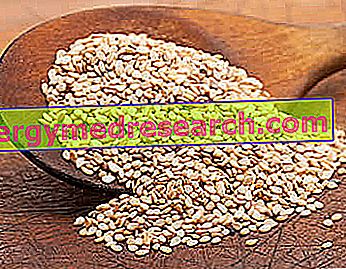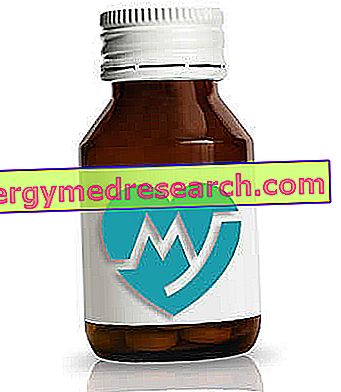What is invert sugar
Invert sugar is a food product consisting of a mix of glucose and fructose in equal parts, with more or less important traces of sucrose. In fact, invert sugar is obtained by enzymatic or chemical hydrolysis of traditional sugar (sucrose), effectively replicating what happens in our small intestine.

We talk about invert sugar because, while in aqueous solution the sucrose is a dextrorotation compound (it rotates the plane of the polarized light to the right), the mixture of glucose and fructose is instead levorotatory (it rotates the plane of the polarized light to the left).
Where it is and culinary applications
Invert sugar is naturally present in honey and more sugary fruits (especially in grape juice), while it is added at an industrial level in the preparation of various bakery products and confectioners. Among the numerous advantages of invert sugar compared to the traditional one, we first of all remember the greater sweetening power, about 30% higher than sucrose. Furthermore, invert sugar is less prone to crystallization and has the ability to retain moisture; from the physical point of view, it is characterized by the white color with straw-colored shades and a creamy structure. The relevant content in simple sugars and above all in fructose produces an early caramelization in baked products; this prerogative also translates into a shorter cooking time, with finished products that are softer, more fragrant and even more golden and appetizing.
The aforementioned characteristics make the inverted sugar of particular utility in the production of ice creams (lowers the freezing point), biscuits, custard, spreadable chocolate and frozen and non-frozen bakery products (in which it hinders drying). Invert sugar can also be used in intravenous infusions for parenteral nutrition.
Prepare invert sugar at home
Industrial inverted sugars ensure compliance with strict quality standards, which make them more or less suitable for use in specific preparations according to the glucose - fructose - sucrose ratio. However, invert sugar can easily be produced even at home using recipes similar to the one we are going to illustrate.
Prepare a syrup by mixing sugar and water in a ratio of two to one; this means that for every 2 kg of sugar one liter of water must be added. At this point add 4.5 grams of citric acid or ascorbic acid for each kg of sugar used, bringing everything to a boil for about thirty minutes. If natural acids such as citric and ascorbic acid are not available, lemon juice can be used in quantities of three tablespoons per kg of sugar.
The various recipes present in books and internet sites differ in boiling time and quantity of added acids; in fact, by increasing the quantity of acid (up to a certain limit) the boiling time can be reduced; for the same reason, invert sugar can be produced by decreasing the acid and prolonging the cooking time, which must however be less than an hour.



